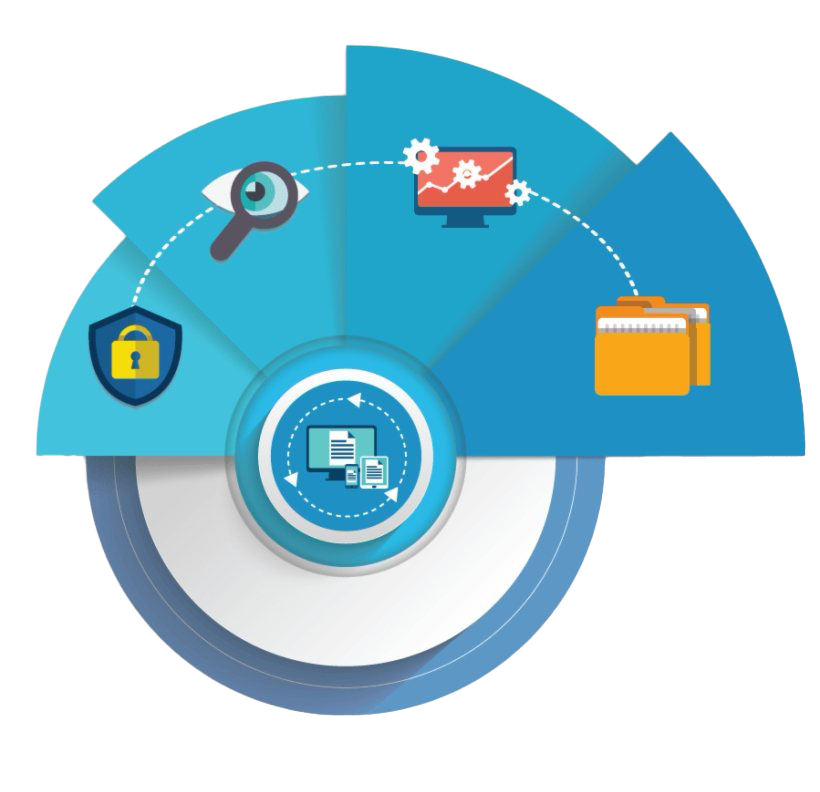Critical infrastructure, including power grids, water supplies, transportation systems, and communication networks, is essential for the functioning of modern society. However, these systems are increasingly vulnerable to cyber attacks, which can have catastrophic consequences. In this guide, we will explore the importance of cybersecurity for critical infrastructure and strategies to protect these vital systems.

Introduction
Critical infrastructure plays a crucial role in the daily lives of people around the world. However, these systems are facing growing threats from cyber attacks, highlighting the importance of cybersecurity measures to protect them.
Importance of Cybersecurity for Critical Infrastructure
Cyber attacks on critical infrastructure can lead to widespread disruptions, impacting essential services and potentially endangering lives. Ensuring the cybersecurity of critical infrastructure is essential for maintaining the safety, security, and functionality of these systems.
Common Cybersecurity Challenges for Critical Infrastructure
- Legacy Systems: Many critical infrastructure systems are based on outdated technology that may lack modern security features.
- Interconnectedness: Critical infrastructure systems are often interconnected, creating opportunities for cyber attackers to exploit vulnerabilities in one system to target others.
- Limited Resources: Organizations responsible for critical infrastructure often operate on limited budgets, making it challenging to invest in robust cybersecurity measures.
Strategies for Cybersecurity in Critical Infrastructure
- Risk Assessment: Conducting regular risk assessments to identify and prioritize cybersecurity risks.
- Secure Design Principles: Implementing secure design principles in the development and maintenance of critical infrastructure systems.
- Access Control: Implementing strict access control measures to limit access to critical systems and data.
- Incident Response Planning: Developing and implementing incident response plans to quickly detect, respond to, and recover from cyber attacks.
Best Practices for Cybersecurity in Critical Infrastructure
- Regular Updates and Patching: Keeping critical infrastructure systems up to date with the latest security patches and updates.
- Employee Training: Providing regular cybersecurity training to employees to raise awareness of potential threats and best practices for mitigating them.
- Collaboration and Information Sharing: Collaborating with other organizations and sharing information about cyber threats to improve overall cybersecurity posture.
Case Studies: Cyber Attacks on Critical Infrastructure
- Stuxnet: A malicious computer worm that targeted Iran’s nuclear facilities, highlighting the potential for cyber attacks to disrupt critical infrastructure.
- Ukraine Power Grid Attack: A cyber attack that caused a power outage affecting hundreds of thousands of people in Ukraine, demonstrating the real-world impact of cyber attacks on critical infrastructure.


